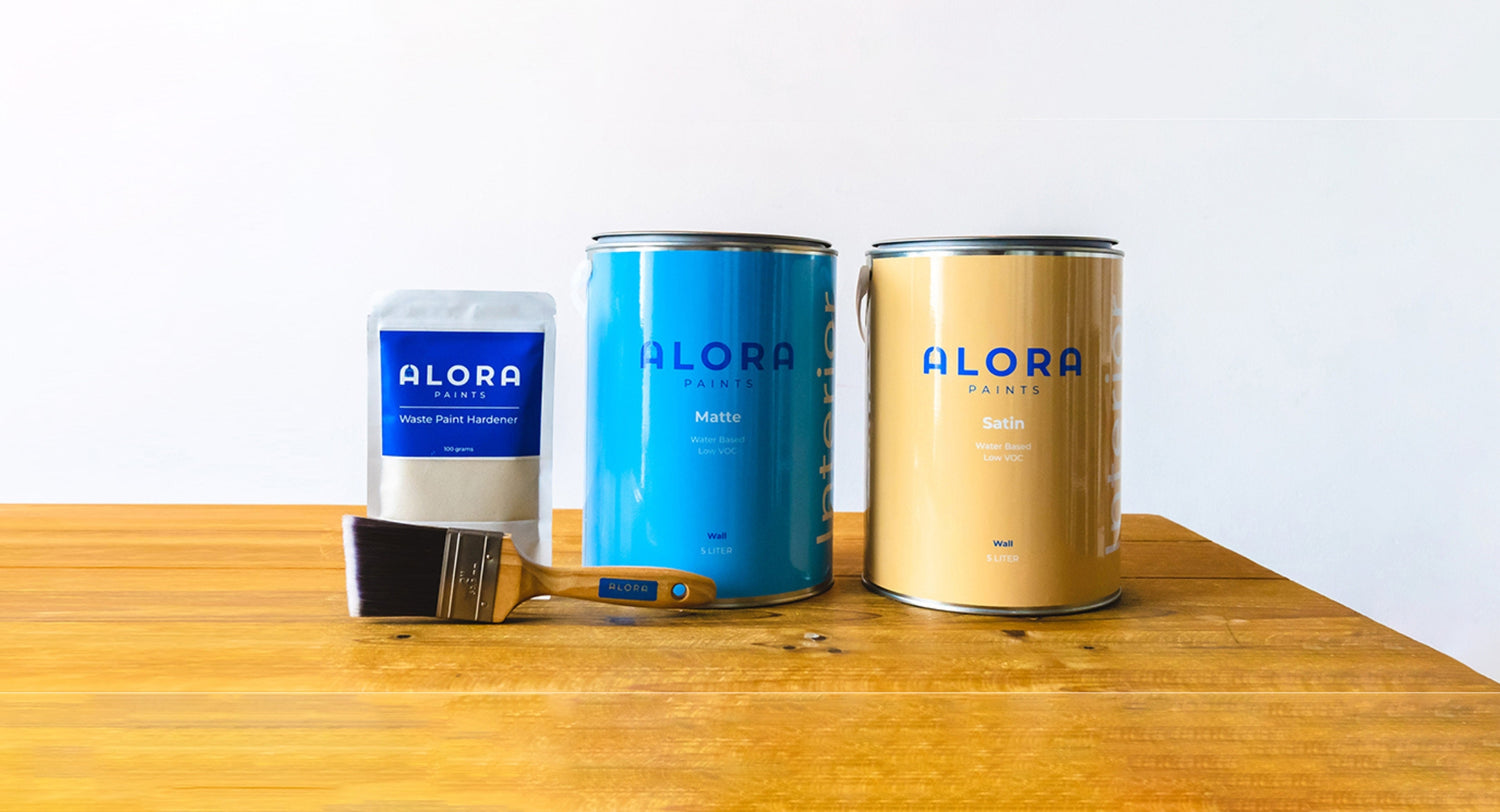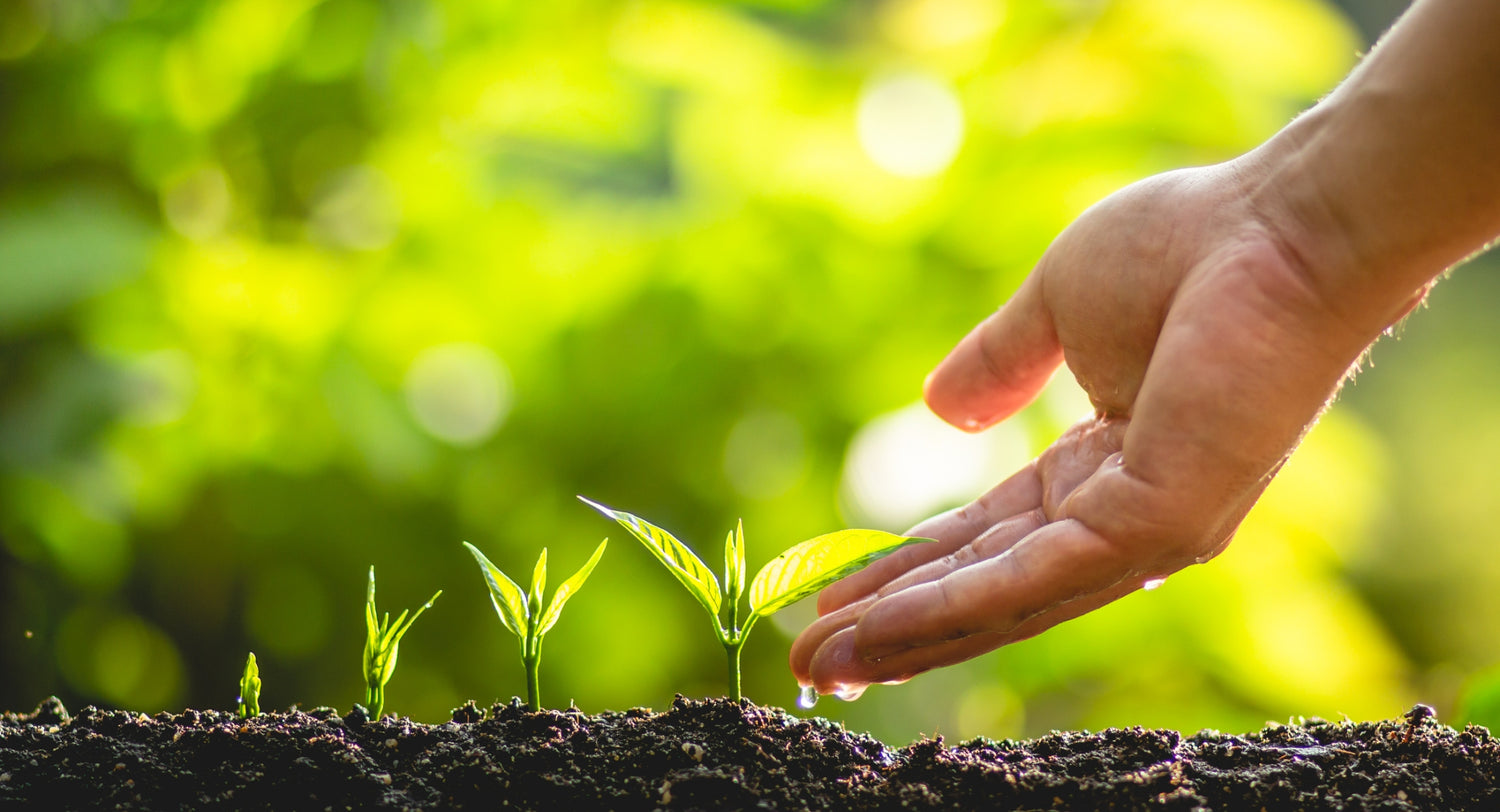Painting can be a rewarding way to give your space a fresh new look. However, it can also be a challenging task, especially if you haven’t done it before. To ensure a beautiful and stress-free painting project, here are some common mistakes to avoid:
- Skipping the preparation: One of the biggest mistakes homeowners make is skipping the preparation work before painting. This can include cleaning the surfaces, filling holes and cracks, sanding, and priming. Failing to do so can result in a poor finish and reduce the longevity of the paint job.
- Choosing the wrong paint: Choosing the wrong type of paint can also lead to problems. For instance, using interior paint on an exterior surface can cause the paint to peel and fade quickly. Always check the label and choose the right paint for the surface and location. Choosing the right paint finish is also crucial to achieve the desired look and function for your space. Matte and satin finishes are suitable for walls in your living space, as they provide a smooth and subtle finish that can hide imperfections. Gloss finishes, on the other hand, are best for your wood trim and other high-traffic areas, as they are more durable and can resist wear and tear better. However, be careful when using gloss finishes on walls, as they can highlight imperfections and create a glare. It's also important to note that the higher the sheen level, the more it will show any surface imperfections. So, if you have a wall with a lot of dents or scratches, it's best to avoid high-gloss paint. By being mindful of these factors, you can choose the right paint finish for each surface and create a cohesive and polished look for your home.
- Poor quality tools: Another common mistake is using poor quality tools, such as brushes and rollers. Low-quality tools can leave streaks, uneven coverage, and result in a poor finish. Invest in good quality tools to achieve a smooth and professional finish. Get a high-quality tools from us here.
- Not using a primer: A primer which essentially an undercoat helps the paint adhere to the surface better and creates a smooth and even base for the paint to stick to. Skipping this step can cause the paint to peel or chip, and you may need to repaint sooner than expected. Get our primer, here.
- Not allowing enough drying time: Rushing the process and not allowing enough time for the paint to dry can result in a poor finish. The recommended drying time varies depending on the type of paint and the conditions, so be sure to follow the instruction on the packaging or on the technical data sheet.
- Overloading the brush or roller: Overloading the brush or roller with paint can cause drips and uneven coverage. Instead, use a light touch and apply several thin coats, allowing each coat to dry before applying the next.
- Not protecting surfaces: Protecting floors, furniture, and other surfaces from paint splatters and spills is crucial. Failing to do so can result in a mess that can be difficult to clean up.
By avoiding these common mistakes, you can achieve a professional-looking paint job run. Remember to take your time, follow the instructions, and don't be afraid to seek help if you need it.





